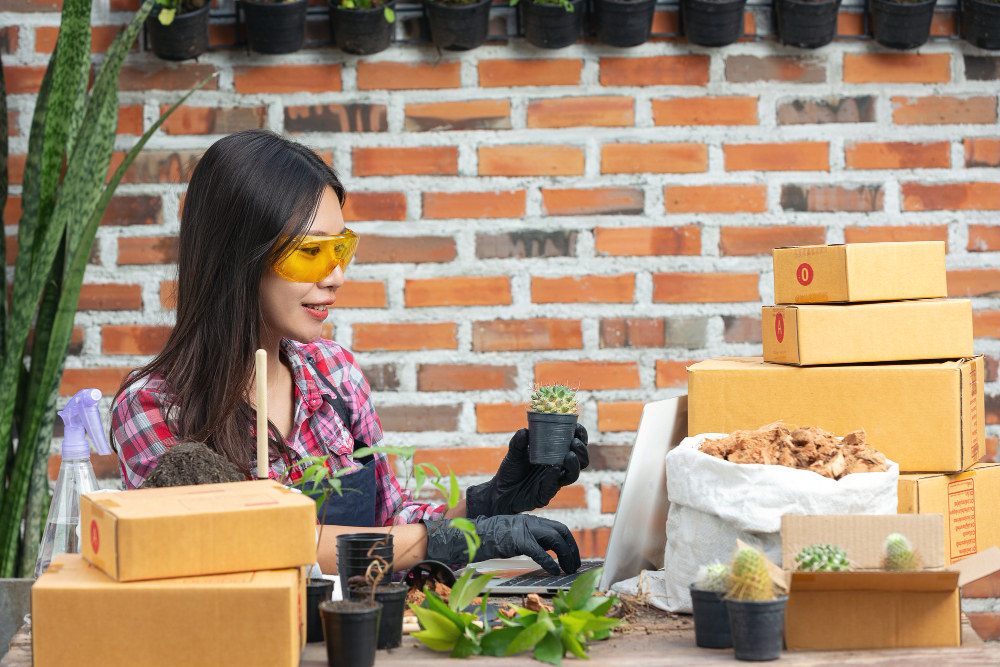Moving plants across long distances requires careful planning and attention to detail. This guide covers everything you need to know about safely transporting your green friends to their new home. Comprehensive movers understand that plants need special care during relocation, and this article breaks down the process into manageable steps. From choosing the right containers to settling plants in their new environment, we’ll walk you through each stage of the moving process. These tips will help keep your plants healthy throughout the journey.
Choosing the Right Containers
Selecting proper containers is important for keeping your plants safe during long-distance moves. The best containers provide plant roots with sufficient room to spread while offering strong protection during transit. Select containers made from sturdy materials, such as plastic or clay, and avoid those that are fragile and may break under pressure. Ensure containers have drainage holes to prevent waterlogging, which can damage plants during transportation. Consider the container size compared to your plant’s size – containers that are too big or too small can cause damage. Use secure lids or covers to prevent soil from spilling and keep plants stable during transportation.
Preparing Plants for Transport
Start preparing your plants by checking them for damage or pests before packing. Look carefully at the leaves, stems, and soil for any problems that might worsen during the trip. Remove any dead or overgrown parts to help the plant grow more effectively after relocation. You might need to repot plants if their current containers are too heavy or unstable. Water your plants well a few days before moving to keep them hydrated but not too wet. Avoid fertilizing plants close to moving day, as this can cause stress. Research the specific needs of each plant type to ensure proper care during transport.
Securing Plants in Transit
Keep your plants safe during transport by using sturdy boxes or containers that provide each plant with sufficient space to avoid overcrowding. Ensure boxes are sealed tightly to prevent shifting during the move. For bigger plants, use moving straps or bungee cords to hold them in place inside the vehicle. Put smaller plants in trays or shallow boxes to stop them from falling over. Fill empty spaces with packing material to keep plants from moving around. Label each box with the plant’s name and mark which side should face up for proper handling. Good protection reduces the risk of damage and helps plants arrive safely at your new home.
Providing Care During the Move
Taking care of your plants during the move means paying attention to their specific needs. Here are key tips for caring for plants while traveling:
- Watering: Give your plants enough water before the move
- Light: Make sure your plants get sufficient light during transportation
- Temperature: Keep your plants away from extreme hot or cold temperatures
- Protection: Shield your plants from wind and direct sunlight
- Stabilization: Keep your plants in a stable position to prevent shifting
Unpacking and Settling In
Once you reach your new location, carefully unpack and settle your plants in their new environment. Begin by gently removing the packaging materials and inspecting each plant for any damage or signs of stress. Unpack sensitive plants first, such as succulents or tropical plants that don’t handle confined spaces well. As you place them in new pots or locations, ensure they receive proper sunlight and water according to their needs. Be patient during this process and give your plants time to adjust to their new surroundings. Watch them closely over the next few days and change their care as needed to help them thrive in their new home.
Other Related Articles:

